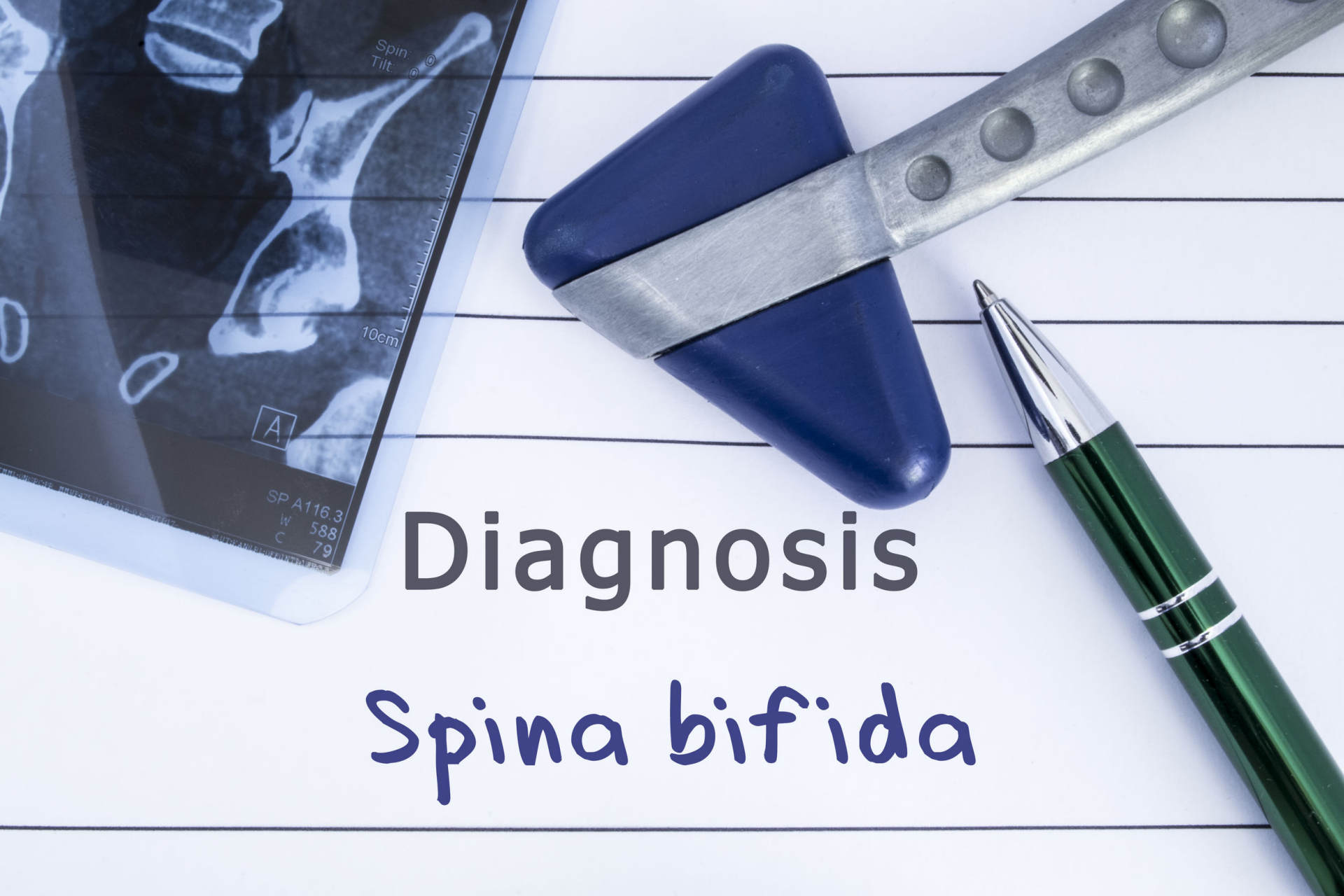
01 Oct October is Spina Bifida Awareness Month
Every month has it’s own awareness that it is associated with. When we think of October the first thing we think about is “Breast Cancer Awareness” month.. But, did you know that October is “Spina Bifida Awareness” month too?
What is Spina Bifida?
Spina Bifida is the most common permanently disabling birth defect in the United States. Spina Bifida literally means “split spine.” It occurs when a baby is in the womb and the spinal column does not close all of the way.
1 in every 8 children who are born in the United States today are born with this birth defect. When a child is born with Spina Bifida, they most usually have to go through multiple surgeries, and in most cases will experience a lifetime of health issues. Spina Bifida has four different forms. Every form requires different treatment and they all vary in their own ways.
The following are they different types a child can be born with:
Occult Spinal Dysraphism
Infants with this have a dimple in their lower back. Because most babies with dimples do not have OSD, a doctor has to check using special tools and tests to be sure. Other signs are red marks, hyper pigmented patches on the back, tufts of hair or small lumps. In OSD, the spinal cord may not grow the right way and can cause serious problems as a child grows up.
Spina Bifida Occulta
It is often known as “hidden Spina Bifida” because about 15 % of healthy people have it and do not know it. Spina Bifida Occulta usually does not cause harm, and has no visible signs. The spinal cord and nerves are usually fine. People find out they have it after having an X-ray of their back. It is considered an incidental finding because the X-Ray is normally done for other reasons. However, in a small group of people with SBO, pain and neurological symptoms may occur. Tethered cord can be an insidious complication that requires investigation by a neurosurgeon.
Meningocele
A meningocele causes part of the spinal cord to come through the spine like a sac that’s pushed out. Nerve fluid gathers in the sac, and there is usually no nerve damage. Individuals with this condition may have minor disabilities.
Myelomeningocele (Meningomyelocele), also called Spina Bifida Cystica
This is the most severe form. It happens when parts of the spinal cord and nerves come through an open part of the spine. It causes nerve damage and other disabilities. Studies show 70 to 90% of children with this condition also have too much fluid on their brains. This happens because fluid that protects the brain and spinal cord is unable to drain like it should. The fluid builds up, causing pressure and swelling. Without treatment, a person’s head grows too big, and may have brain damage. Children who do not have Spina Bifida can also have this problem, so parents need to check with a doctor.

